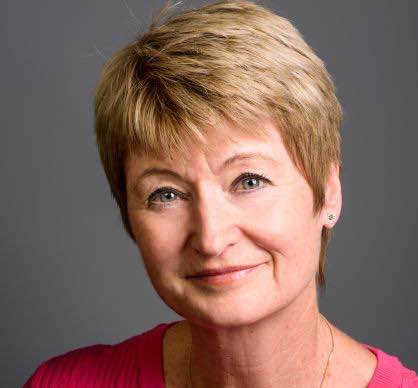Reflection is essential to our learning and growth. When we reflect on our experiences, we can learn from our mistakes, identify strengths and weaknesses, and develop new approaches to problem-solving, writes Beverly Landais. The SOAP model is a powerful tool to structure reflective thinking. It stands for Situation, Observations, Assessment, and Plan.
Professor Donald Schön developed the SOAP model in the 1980s. Schön was a Massachusetts Institute of Technology professor, a philosopher and a leading reflective practice expert. He argued that professionals need to be able to reflect on their practice to improve their performance. This model can help improve critical thinking, increase self-awareness, aid decision making and develop new skills.
Two types of reflective practice
Examining professional practice, Schon identified two types of reflection: reflection-in-action and reflection-on-action. The SOAP model is a valuable tool for facilitating reflective practice.
Reflection-in-action, sometimes described as ‘thinking on our feet’, is the process that allows professionals to reshape the situation or activity on which they are working while it is unfolding.
Reflection-on-action involves reflecting on an experience, situation or phenomenon after it has occurred. When professionals ‘reflect-on-action’ they explore what happened in that particular situation, why they acted as they did and whether they could have acted differently.
Using the SOAP Model for personal and professional growth
The SOAP model is a simple, four-step process:
Situation. The first step is to describe the situation you are reflecting on. For example, a recent experience at work, home, or personal life. Once you have identified the issue, write a brief description of it. What happened? Who was involved? What were the circumstances? Be as specific as possible.
Observations. The second step is to make observations about the situation. What did you think and feel at the time? How did you react? What did you do that was effective? What could you have done differently?
Assessment. The third step is to assess the situation. What went well? What can you improve? What did you learn? Now you can identify patterns in your behaviour and thinking.
Plan. The fourth step is to plan. What will you do differently in the future? What goals do you want to achieve? How will you achieve those goals? Now you can develop new approaches and strategies to achieve your goals.
Here are ten tips on how to use the SOAP model effectively:
- Be specific. When describing the situation, be as detailed as possible. This will help you identify the key factors contributing to the issue that you faced.
- Be honest. Be honest about your thoughts, feelings, and actions when making observations. This will help you to gain a deeper understanding of the situation.
- Be open-minded. When developing your plan, be open to new ideas and approaches. This will help you to find the best way to handle similar situations in the future.
- Be flexible. Your plan may not work the first time perfectly. Be prepared to adjust it as needed.
- Be patient. Learning from experience is a process that needs to mature. Expect to see results over time.
- Be persistent. Don’t give up if you make a mistake. Keep trying, and you will eventually learn from your experience.
- Be positive. Focus on the positive aspects of the situation. This will help you to stay motivated and focused on your goals.
- Be grateful. Be grateful for the opportunity to learn from your experience. This will help you to appreciate the positive aspects of the situation.
- Be forgiving. Forgive yourself for your mistakes. This will help you to move on and focus on the future.
- Be kind to yourself. Be patient and understanding with yourself. Learning from experience takes time and effort.
The SOAP model is a valuable tool for personal growth and professional development. It can help you learn from mistakes, identify strengths and weaknesses, and develop new skills. The SOAP model is a great place to start if you want to improve yourself.
Beverly Landais is a Professional Certified Coach (PCC) with a senior business background. She works with people and teams to enable them to be at their resourceful best. Contact Beverly about coaching by emailing her at connect@beverlylandais.co.uk


